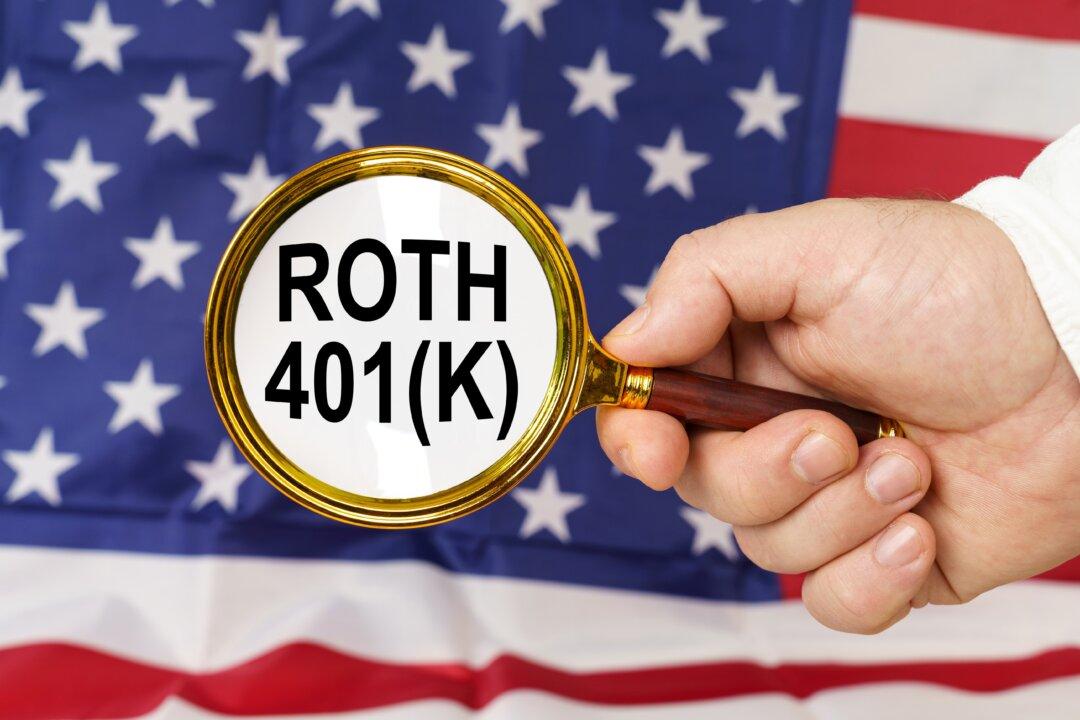BY Sandra Block
From Kiplinger’s Personal Finance
There’s no question that contributing to a 401(k) or similar employer-provided plan is one of the most effective ways to ensure you’ll enjoy a comfortable retirement. But there’s a downside to traditional 401(k) plans, especially if you fall into the millionaire category: All of that money will be taxed when you take it out—possibly at a higher tax rate than you’re paying now.






